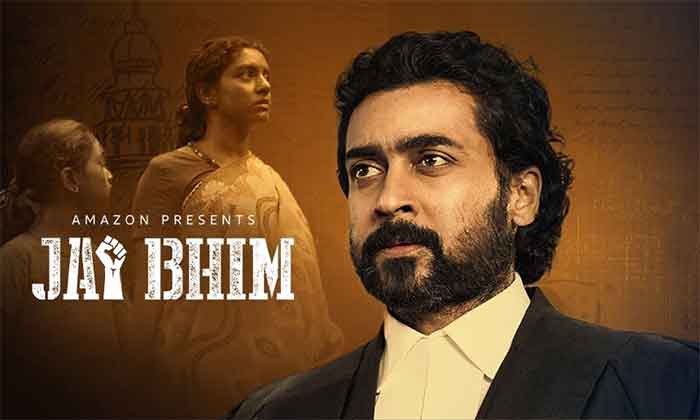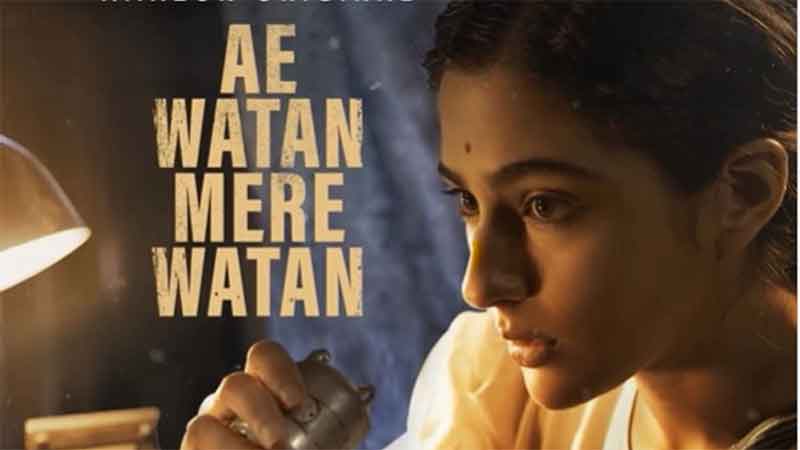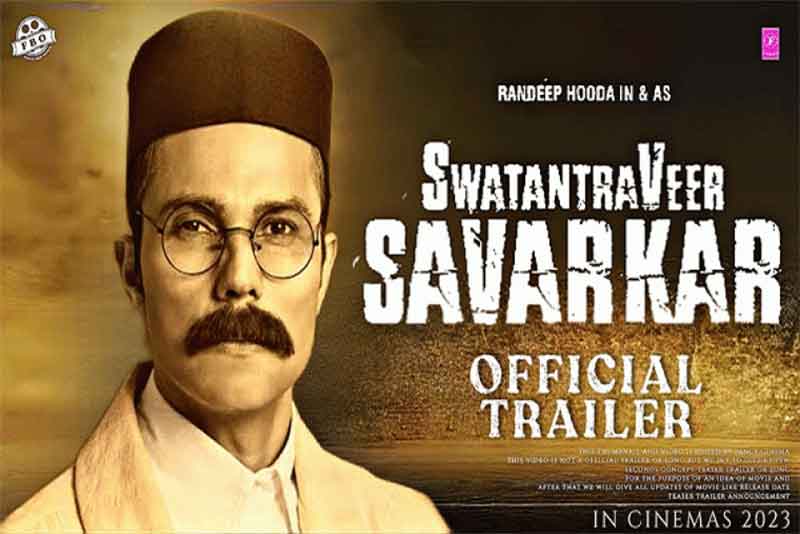
In a society divided along caste and class lines, violence against the marginalised groups either does not attract the attention of society at large or the oppression per se tends to be seen as normal. The pattern of silence is in favour of the dominant groups. There is no abnormality seen in violence perpetrated by the dominant groups either directly or through use of state machinery. Instances of responding to oppression back from the marginal groups tends to be seen as abnormal. Dominant groups use all means to subjugate the marginal castes, class and groups. One of the means used by dominant groups is the use of police machinery, which works in favour of the more powerful than the marginal groups. The movie ‘Jai Bhim’ is on police atrocities and lock up death perpetrated in favour of the rich and powerful.
Based on the story of Justice Chandru, who dealt a case on an incident which happened in 1993 in which about 3 irulas were caught on false charges and a person named Rajkannur died due to torture in police custody, the movie brings out the story of how his wife Sengani with support of Advocate Chandru fought for justice. When Rajkannur dies in lock up death, the police goes to the extent of spreading a rumour of Rajkannur having escaped from jail. Filing of a habeas corpus and fighting the case by digging the truth by Advocate Chandru is ultimately able to bring out the reality and case won. The film also shows the struggle of a pregnant tribal women who fights for justice against the lock up death of her husband.
The movie is set at the backdrop of Irulas who are a primitive tribal community in Tamil nadu and are known to involve in activities of snake catching and work in lands of landlords. Some also work in Brick kilns. Being a marginalised and powerless group, instances of being branded as a criminal and caught in fake cases and put up in jails remain common part of their life. The film in one of the scenes shows how the police re-picks from about to be released prisoners and again puts them back to jail based on their caste identities and how those from marginal castes are victims. The marginal groups tend to be perceived as criminal groups and imprisoned on false charges. It is an extension of the Criminal Tribes act made during colonial times, whose removal by itself does little to change situation of victimization. The tribes continue to be treated as potential offenders. They lack the means to prove their identity otherwise as they do not have pattas for house sites, not included in voters list or public distribution system.
The silence of the majority only enables such instances. In the process of serving landlord castes, the movie shows how the police machinery goes to any extent of violating laws, using extreme forms of torture just to serve the local landlord caste. Caste based oppression and discrimination are brought to light in the functioning of society and state institutions.
In a post movie interview, Justice Chandra points of the importance of understanding and reading Ambedkar. More than a leader of Scheduled Castes (SC), Ambedkar was more an architect of the constitution which gave the country its liberal laws. It is pointed that how his reading of Ambedkar helped him in giving judgements. As judge in High court, Justice chandru is said to have disposed 96,000 cases, many of which have been in favour of the marginalised. Marx and Periyar also tend to be inspirations, which are depicted in the movie.
The movie touches on aspects beyond the scope of a commercial entertainment cinema. It shakes human conscience, awakens to the reality of human rights violations, and brings out the situation of groups who never attract the attention of society at large. The need to fight for justice to attain equality, empowerment and emancipation in an otherwise inequitable world is shown.
The movie does really give hope. But the truth of poor being caught and languished in jails for years are quite common. India is said to have 3.3 lakh under-trial prisoners, many of them poor and lacking access to a fair justice system and benefitting from ‘Rule of law’. The movie brings many of dimensions to light and is a must watch movie.
T Navin is an independent writer















































